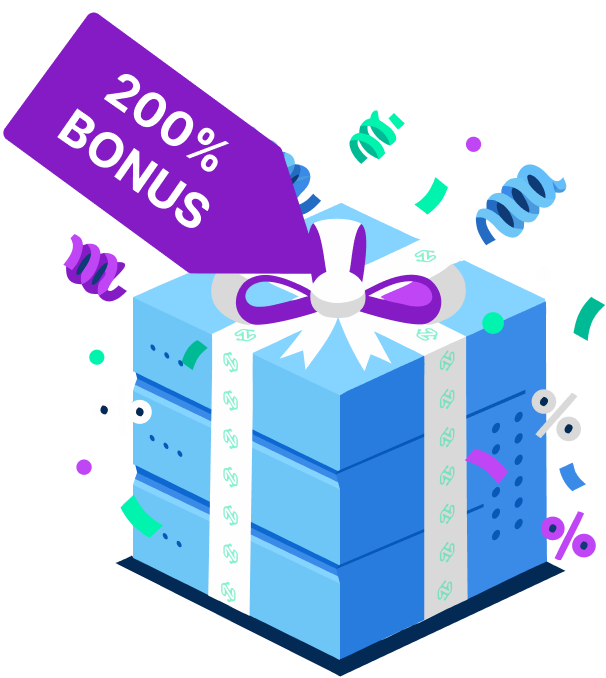- Use Cases > Automated Web Scraping
Automated Web Scraping with Cloud Browser
Effortless data extraction with automated web scraping, built-in proxy management, and fingerprint masking for unmatched success rates.
- Run automation and scraping code
- Auto-Scaling Cloud Browsing
- <span data-metadata=""><span data-buffer="">PlayWright, Puppeteer, Selenium support
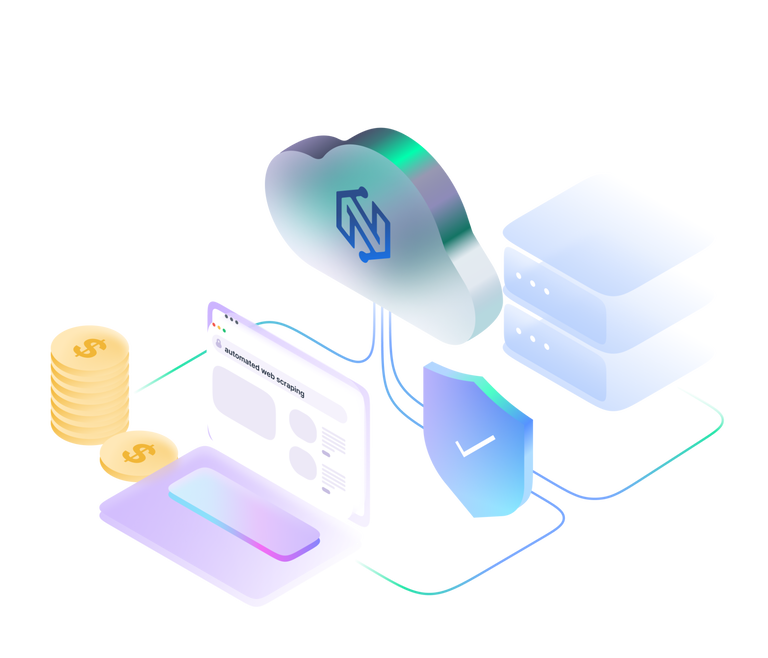
Eliminate IP Blocks & Captchas
Scale Web Scraping Without Detection or Bans
NodeMaven’s Scraping Browser automates IP rotation, handles fingerprint masking, and bypasses CAPTCHAs, ensuring uninterrupted data extraction at any scale.
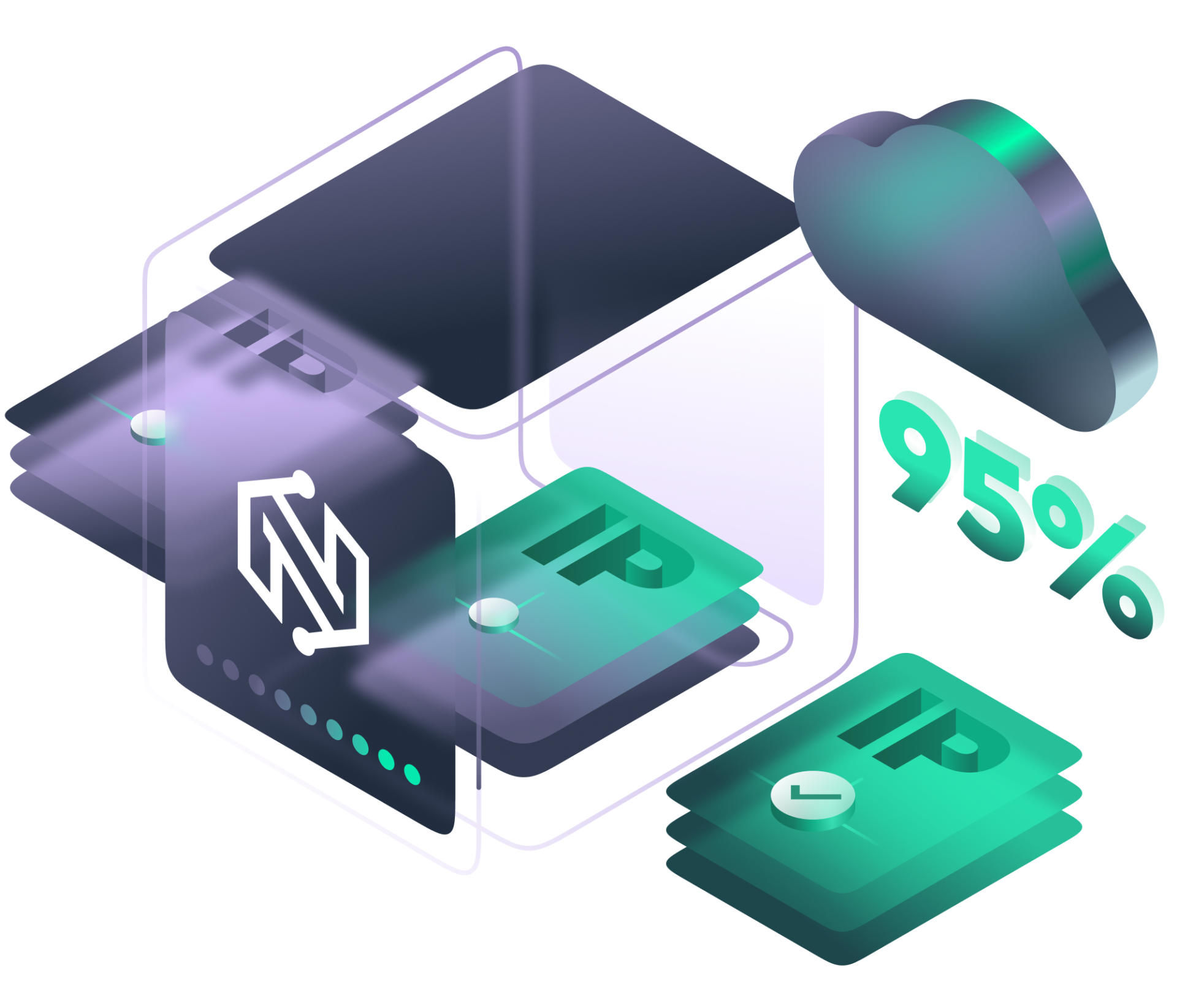
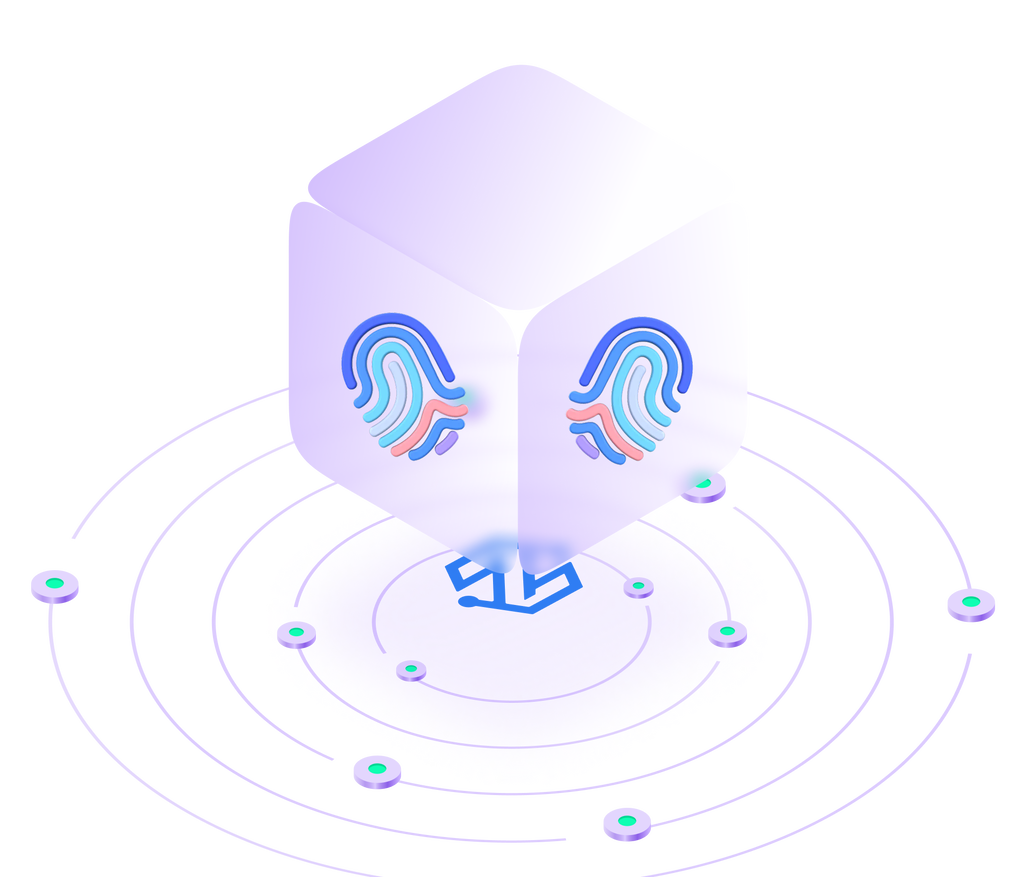
Enhanced Privacy & Stealth for Every Request
Avoid Detection With Advanced Fingerprint Masking
Dynamic browser profiles, WebRTC protection, and custom headers keep your scraping undetectable, ensuring long-term operational success.
Intelligent Automation for Maximum Efficiency
Unlock High-Volume Scraping Without Interruptions
NodeMaven’s scraping browser automates IP rotation, handles fingerprint masking, and bypasses CAPTCHAs, ensuring uninterrupted data extraction at any scale.
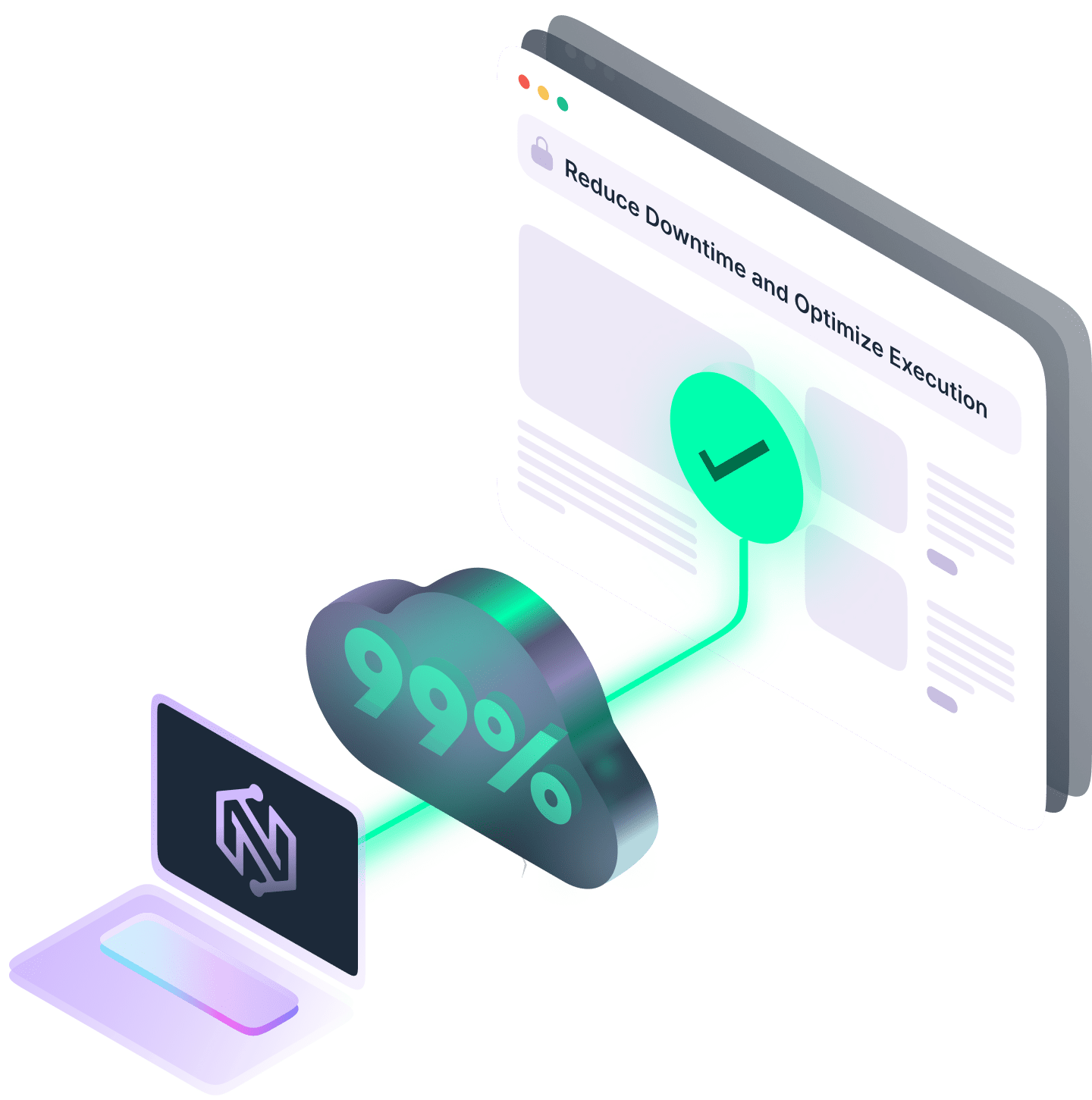
Automated Web Scraping in Various Locations
USA
227 590 IPs
CANADA
153 892 IPs
UK
143 436 IPs
GERMANY
211 216 IPs
FRANCE
197 851 IPs
ITALY
107 590 IPs
RUSSIA
175 590 IPs
MEXICO
111 590 IPs
Key Features of Automated Web Scraping
with Cloud Browser

Advanced Fingerprinting

JavaScript Rendering

PREMIUM PROXIES

Native Integration

Live Debugging

Proxy Control
Customize proxy location, ISP and rotation settings.
Try Out Automated Web Scraping Today

Automated Web Scraping FAQs
What is automated web scraping, and how does it work?
Automated web scraping is the process of using bots or scripts to extract data from websites without manual intervention. These bots navigate web pages, interact with elements, and retrieve structured data for analysis. Advanced tools integrate with proxies, CAPTCHA solvers, and fingerprint masking to avoid detection and bans.
Is automated web scraping legal?
The legality of web scraping depends on how the data is collected and used. Publicly available data can generally be scraped, but scraping private, password-protected, or copyrighted content without permission may violate terms of service. Businesses should always comply with relevant laws and ethical guidelines when performing data extraction.
What are the biggest challenges in automated web scraping?
Some of the most common challenges include:
- IP bans and CAPTCHAs – Websites detect scraping attempts and block repeated requests.
- Dynamic content loading – Many websites use JavaScript and AJAX, requiring headless browsing.
- Frequent website structure changes – Scrapers need to be updated regularly to avoid failures.
- Legal and compliance risks – Some websites have restrictions on data collection.
What tools and frameworks are best for automated web scraping?
Popular tools include:
- Python-based: Scrapy, BeautifulSoup, Selenium, Playwright
- JavaScript-based: Puppeteer, Cheerio, Nightmare.js
- Cloud-based solutions: Scraping Browser (fully automated with integrated proxies)
Each tool serves different use cases, from simple HTML parsing to advanced browser automation.
How does NodeMaven’s Scraping Browser improve automated web scraping?
NodeMaven’s Scraping Browser simplifies and enhances automated web scraping by handling all major challenges:
- Built-in proxy rotation – Avoid IP bans with residential and mobile proxies.
- Fingerprint masking – Mimic real user behavior to bypass bot detection.
CAPTCHA-solving automation – Bypass challenges effortlessly for uninterrupted scraping. - Cloud-hosted scaling – Run thousands of concurrent scraping sessions without local infrastructure.
